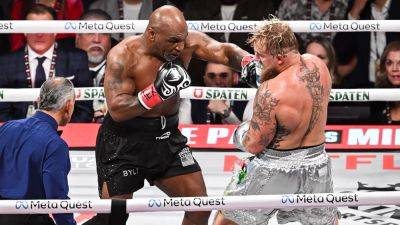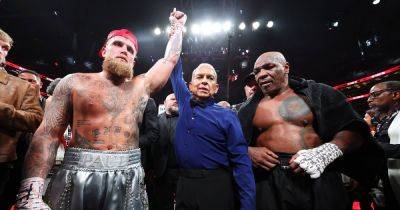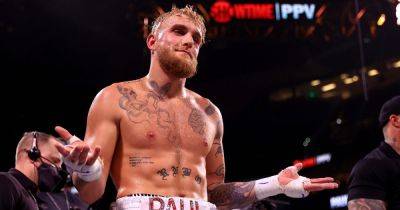The magic of mass appeal in Netflix's Tyson-Paul event owed to shrewd marketing - and willful ignorance
When evaluating the success of last Friday's *ahem* boxing match between Mike Tyson and Jake Paul, we should start by tallying dollars – Paul pocketed a reported $40 million US, while Tyson grossed $20 million.
Most Valuable Promotions – the company staging the event – confirmed by Monday morning that it drew 72,300 spectators to AT&T Stadium, and generated $18.1 million in gate revenue, a record for a boxing match outside Las Vegas. For context, Manny Pacquiao's 2010 showdown with Josh Clottey did $6.4 million in ticket sales at the same venue, while boxing superstar Saul "Canelo" Alvarez did just over $9 million at the gate for his May 2022 win over Billy Joe Saunders.
So yes, measured by the money it made for fighters and promoters, the show, unlike the featured bout, was a knockout.
But we haven't talked enough about what it cost – and not just the $2 million a personal injury law firm coughed up for the "Owner's Experience VIP Package," which included seats at the ring apron and autographed gloves, among other perks.
The event was streamed on Netflix, so it cost you the price of a subscription if you didn't already have one. It's a bargain compared to the pay-per-view rate MVP would have charged if it had partnered with a traditional broadcaster, but it's still something. And if you actually enjoyed watching a 58-year-old man with a long list of health problems stagger to the ring, then lurch around it while a healthy 27-year-old peppered him with punches, maybe Friday's main event cost you, upon sober reflection, some self respect.
The bout cost Tyson another blemish on his once flawless record. He's now 50-7 with two no-contests.
And Paul?
He entered Friday ranked 106 out of just over 1,500 active heavyweights in








